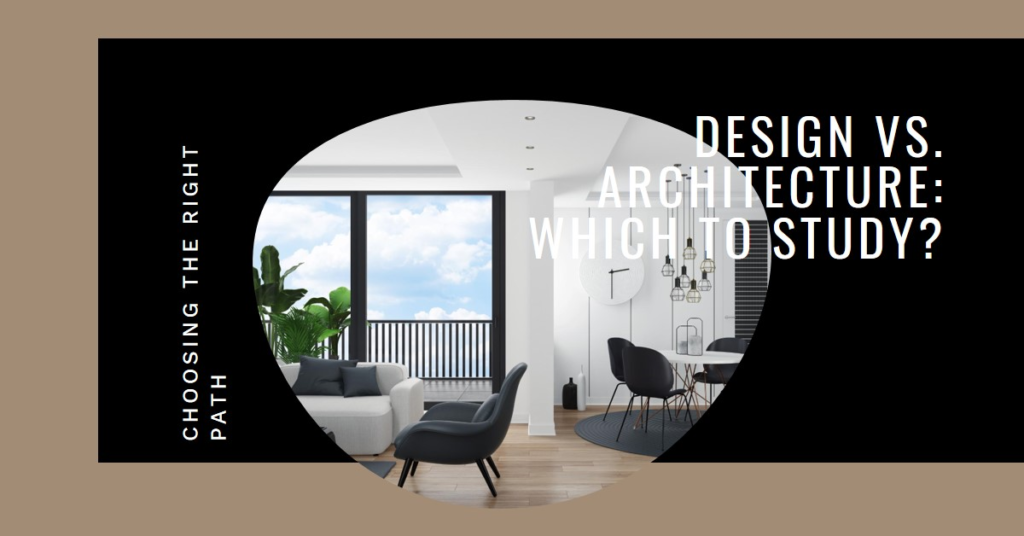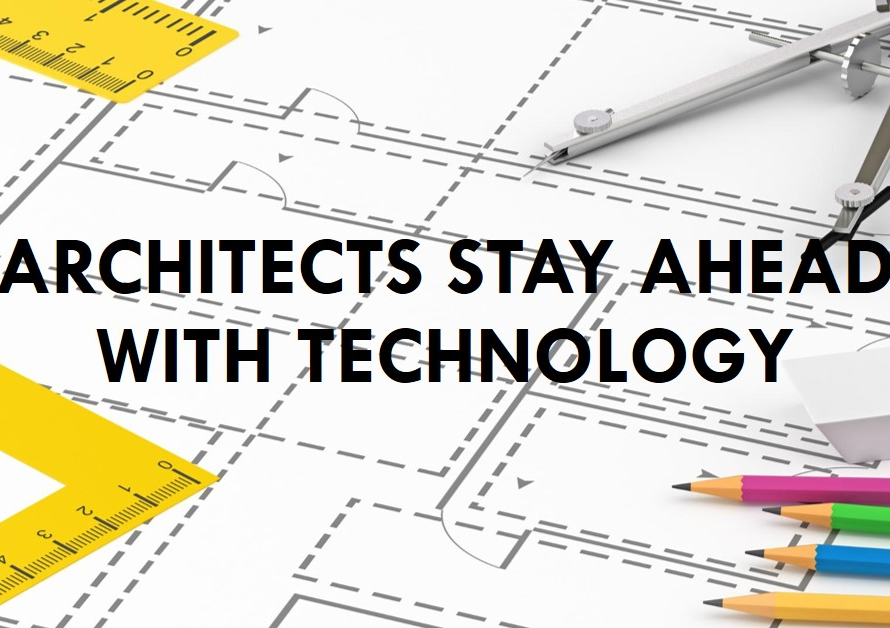
Table of Contents
- Introduction: A New Era in Exterior Design
- The Intersection of AI and Exterior Design:
- Enhancing Creativity Through AI:
- Efficiency and Precision: The AI Advantage
- Sustainable Design with AI:
- Customization and Personalization:
- Virtual Reality and AI: A Powerful Combination
- Overcoming Challenges with AI:
- The Future of AI in Exterior Design:
- Conclusion: Embracing the AI Revolution
Introduction: A New Era in Exterior Design
Exterior design has always been a fusion of art and science. As technology advances, so too do the tools at the disposal of designers. One of the most transformative innovations in recent years is the application of artificial intelligence (AI) in exterior design. AI’s capabilities are not just enhancing the design process but revolutionizing it, enabling unprecedented creativity, efficiency, and precision.
The Intersection of AI and Exterior Design:
Artificial intelligence, with its roots in machine learning and data analytics, offers a new dimension to exterior design. By processing vast amounts of data, AI can identify patterns, predict trends, and generate designs that are both aesthetically pleasing and functional. This intersection of AI and exterior design represents a significant shift from traditional methods, providing designers with powerful tools to create innovative solutions.
AI’s ability to analyze and synthesize complex information allows designers to explore a wider range of possibilities. This capability is particularly valuable in exterior design, where environmental factors, structural considerations, and aesthetic appeal must be balanced. AI can simulate different scenarios, predict the impact of design choices, and suggest optimal solutions, all in real-time.
Enhancing Creativity Through AI:
One might assume that the introduction of AI in design could stifle creativity, but the opposite is true. AI can enhance creativity by offering designers new perspectives and ideas. Through generative design algorithms, AI can create a multitude of design options based on specific parameters set by the designer. These algorithms can produce innovative and unexpected results, pushing the boundaries of traditional design thinking.
Moreover, AI tools can learn from historical data and contemporary trends, providing designers with insights into what has worked in the past and what is currently in vogue. This blend of historical wisdom and current trends enables designers to create unique and relevant designs that resonate with clients and communities.
Efficiency and Precision: The AI Advantage
Time is a critical factor in any design project. AI significantly reduces the time required to develop exterior designs by automating repetitive tasks and streamlining complex processes. For example, tasks such as site analysis, material selection, and environmental impact assessments, which traditionally take considerable time, can be performed quickly and accurately by AI.
Additionally, AI enhances precision in design. Advanced algorithms can create highly detailed and accurate models, reducing the likelihood of errors during construction. This precision extends to cost estimation and resource allocation, ensuring that projects are completed within budget and on time. The result is a more efficient design process that saves time and resources while maintaining high standards of quality.
Sustainable Design with AI:
Sustainability is a critical consideration in modern exterior design. AI contributes to sustainable design by optimizing resource use and minimizing environmental impact. AI algorithms can analyze factors such as local climate, sun exposure, and wind patterns to design energy-efficient buildings and landscapes. These insights help designers create structures that are not only beautiful but also environmentally responsible.
Furthermore, AI can suggest sustainable materials and construction methods, reducing the carbon footprint of projects. By integrating sustainability into the design process from the outset, AI helps create long-lasting and eco-friendly environments that benefit both people and the planet.
Customization and Personalization:
In the era of personalization, clients expect designs that reflect their unique tastes and needs. AI excels in customization by analyzing client preferences and incorporating them into the design process. Machine learning algorithms can process client data to understand their aesthetic preferences, lifestyle, and functional requirements, resulting in highly personalized designs.
This level of customization extends to the integration of smart technologies. AI can design exteriors that incorporate smart features, such as automated lighting, climate control, and security systems, tailored to the client’s specifications. The result is a bespoke design that enhances the client’s lifestyle and adds value to the property.


Virtual Reality and AI: A Powerful Combination
The combination of AI and virtual reality (VR) is transforming the way exterior designs are visualized and experienced. AI can generate realistic 3D models of exterior designs, which can then be explored in VR. This immersive experience allows clients and designers to walk through and interact with the design before construction begins.
This virtual exploration helps identify potential issues and make adjustments early in the design process, saving time and costs. It also provides clients with a tangible sense of the final product, ensuring their expectations are met. The synergy between AI and VR represents a significant advancement in the design process, enhancing both visualization and client satisfaction.
Overcoming Challenges with AI:
Despite its many advantages, the integration of AI in exterior design is not without challenges. One of the primary concerns is the need for substantial data to train AI algorithms effectively. Collecting and processing this data can be time-consuming and costly. However, as technology advances, the availability and quality of data are improving, making this less of an obstacle.
Another challenge is the potential resistance from professionals accustomed to traditional design methods. Transitioning to AI-driven processes requires a shift in mindset and skill sets. Continuous education and training are essential to help designers adapt to new technologies and harness their full potential.
The Future of AI in Exterior Design:
The future of AI in exterior design is promising. As AI technologies continue to evolve, their capabilities will expand, offering even more sophisticated tools for designers. Future developments could include AI systems that can autonomously create complete design projects, from initial concept to final execution, with minimal human intervention.
Furthermore, advancements in AI could lead to more integrated and seamless design processes, where AI collaborates with other technologies such as augmented reality, 3D printing, and the Internet of Things (IoT). This integration will further enhance the efficiency, creativity, and sustainability of exterior design.
Conclusion: Embracing the AI Revolution
In conclusion, AI is revolutionizing exterior design by enhancing creativity, improving efficiency, and promoting sustainability. The integration of AI into the design process offers unprecedented opportunities for innovation and customization. While challenges remain, the potential benefits far outweigh the obstacles. As the technology continues to evolve, the impact of AI on exterior design will only grow, ushering in a new era of design excellence.
Embracing AI in exterior design is not just about adopting new tools; it’s about reimagining the possibilities of what can be achieved. Designers who harness the power of AI will be at the forefront of a transformative shift, creating environments that are beautiful, functional, and sustainable. The future of exterior design is here, and it is intelligent.


